There's a healthy twist in this creamy vegan bechamel sauce recipe - cauliflower. That's right. My version of the classic white sauce uses the nutrition and fiber of cauliflower with a few cashews and a pinch of nutmeg for a delicious, versatile, gluten-free sauce.
Bechamel (white sauce) is one of the mother sauces in French cuisine and serves as a foundation for other sauces. It’s traditionally a milk sauce with a combination of all-purpose flour, dairy butter, and milk as the main ingredients. But you can make a vegan version that is just as delicious.
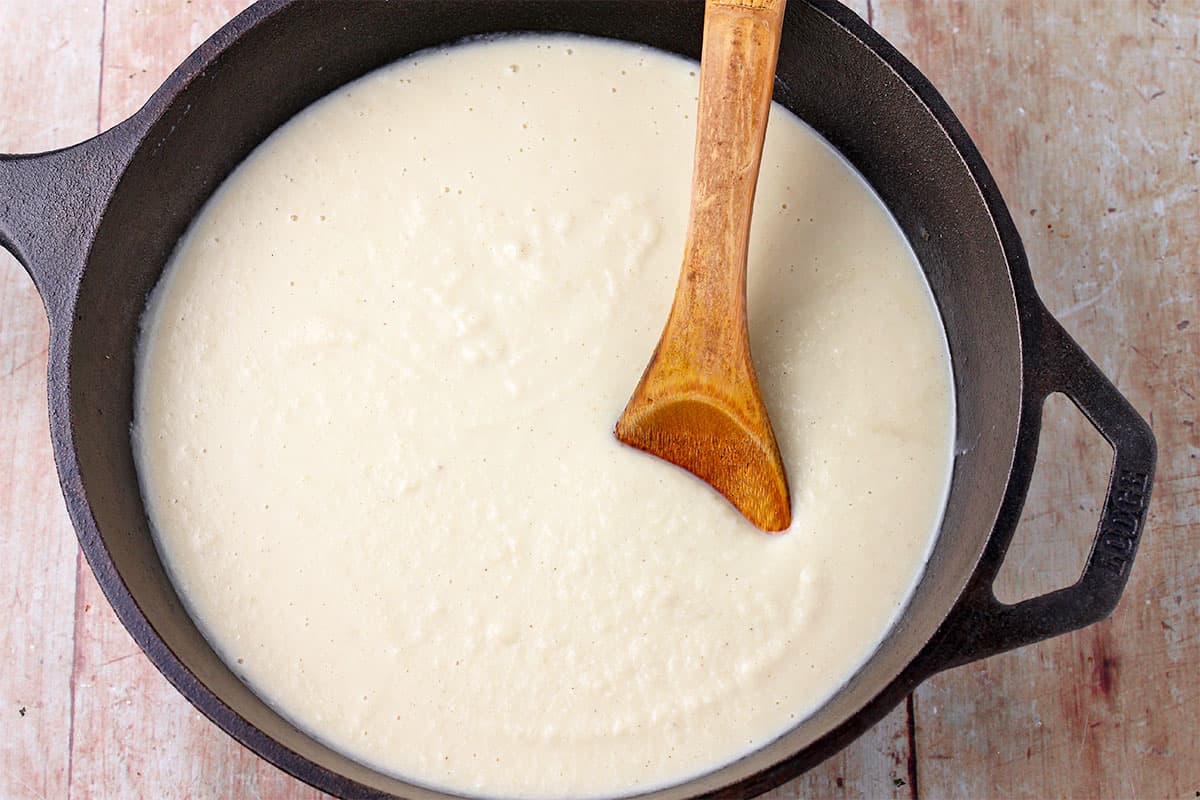
Red sauces, like homemade tomato sauce, vegan mushroom bolognese, red pepper Romesco, or Puttanesca with capers and olives, have their own distinctive flavors and ingredients.
After testing numerous vegan bechamel sauce recipes over the years, I think this is the best recipe I've tried. It has all the flavor you'd want but isn't overly rich.
Table of Contents
Why You'll Love This Recipe
- Founded in plant-based diet principles, no added olive oil or vegan butter is required. Just a handful of cashews for a little natural fat.
- It is an easy sauce, perfect for beginners, using simple ingredients.
- Great for meal prep and freezer-friendly.
- A terrific basic recipe for adding mushrooms, spinach, vegan bacon bits, or tofu sausage crumbles.
Recipe Ingredients
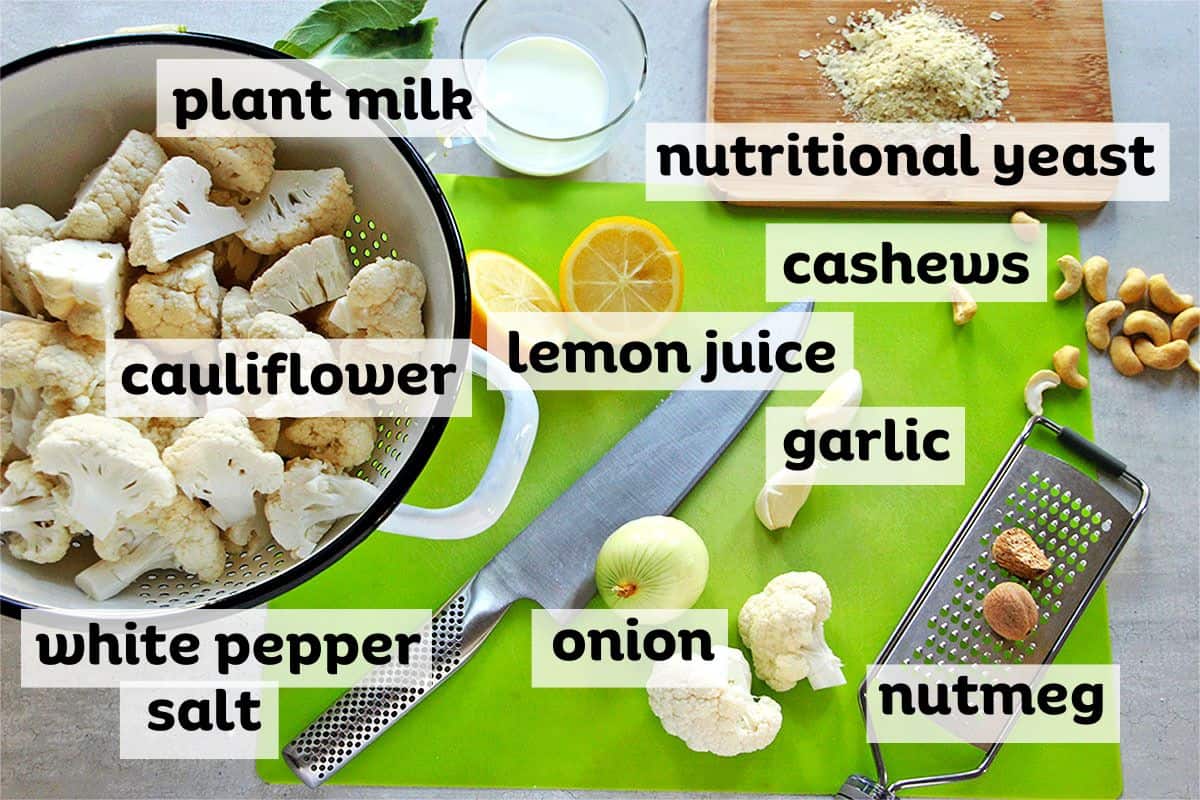
Cauliflower. Use a medium head of cauliflower, about 4 cups of florets, and stalks.
Cashews. Raw cashews (the white ones) are essential when making creamy sauces, vegan sour cream, or other recipes. Roasted cashews have an entirely different flavor.
Nutritional yeast. The flavor of nutritional yeast is savory, cheesy, and salty. It’s also a great vegan source of B12. If you don't like nutritional yeast, I recommend ½ a teaspoon of white miso paste.
White pepper. White pepper has a mellow flavor and keeps the sauce white. You can use ground black pepper with similar results.
Plant milk. I usually use oat milk for this recipe because it makes a creamy blend. Cashew milk is also thick and creamy. Almond milk, like soy milk, tends to be a little thinner. No worries, the milk is adjusted as you blend. For best results, use unsweetened milk.
Please see the recipe card at the bottom of this post for the complete list of ingredients with measurements plus recipe instructions.
Recipe Variations
To make this recipe without cashews, use blanched almonds (skins removed). Or skip nuts entirely. You may lose some of the creamy texture and flavor, but it still tastes great.
If nut-free sauce is too thin, mix a little cornstarch or coconut flour in a small bowl, then add it to the sauce. A few spoonfuls of nut-free vegan cream cheese would also do the trick.
Step-by-Step Instructions
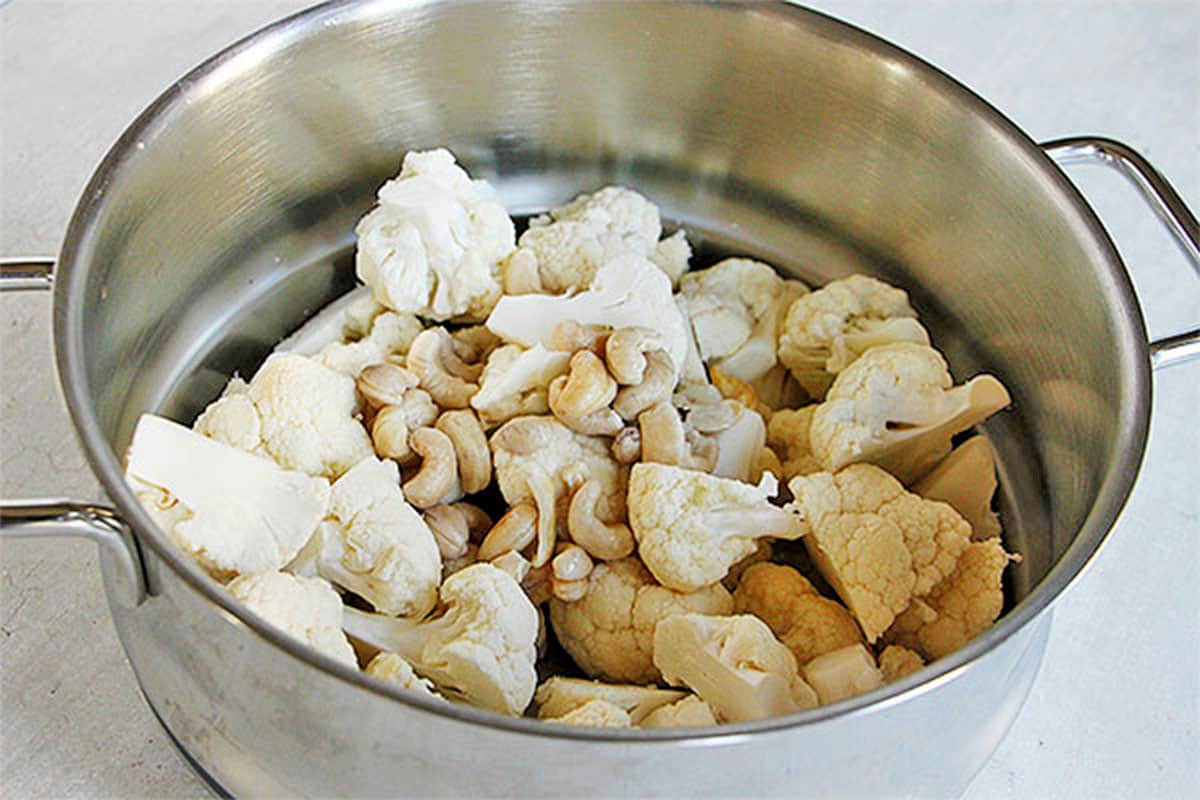
Step 1: Steam cauliflower and cashews.

Step 2: Cook onions and garlic.
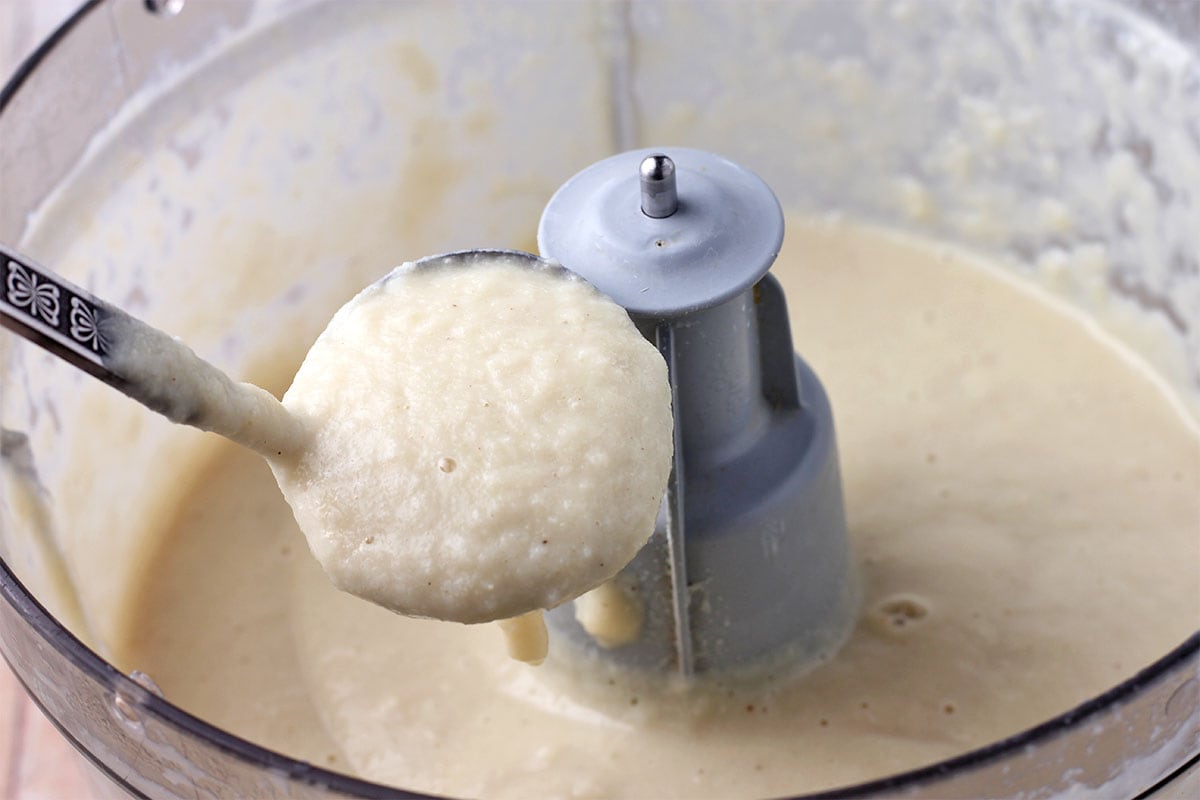
Step 3: Blend the ingredients in a food processor or blender.
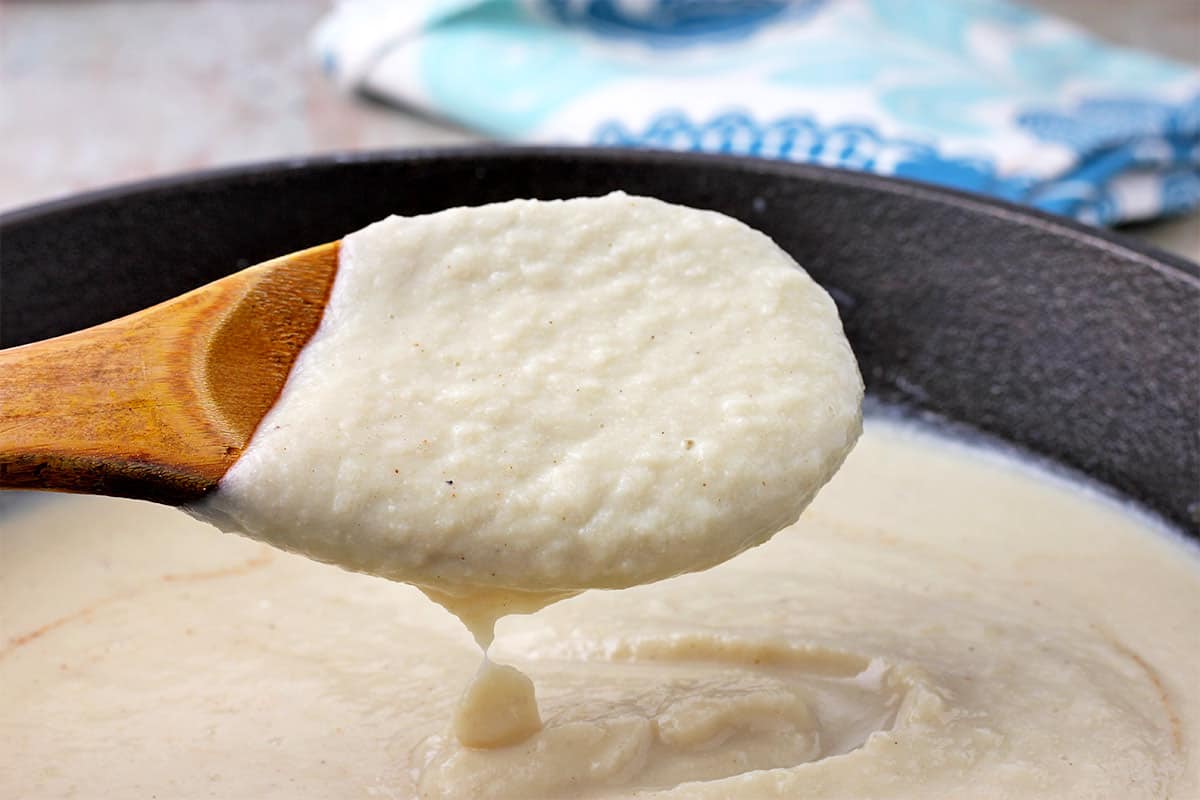
Step 4: Simmer it over medium-low heat for a few minutes to thicken it.
Pro Tips
- I usually soak cashews before blending, but steaming with the cauliflower is the most convenient.
- Press the cauliflower after steaming to release any excess water. You can also transfer it to a colander, but there shouldn’t be too much moisture.
- If you aren't serving the sauce immediately, skip the last step and heat when you're ready. Simmering on low heat helps to thicken it. Give it time. High heat can scorch the sauce.
Serving Suggestions
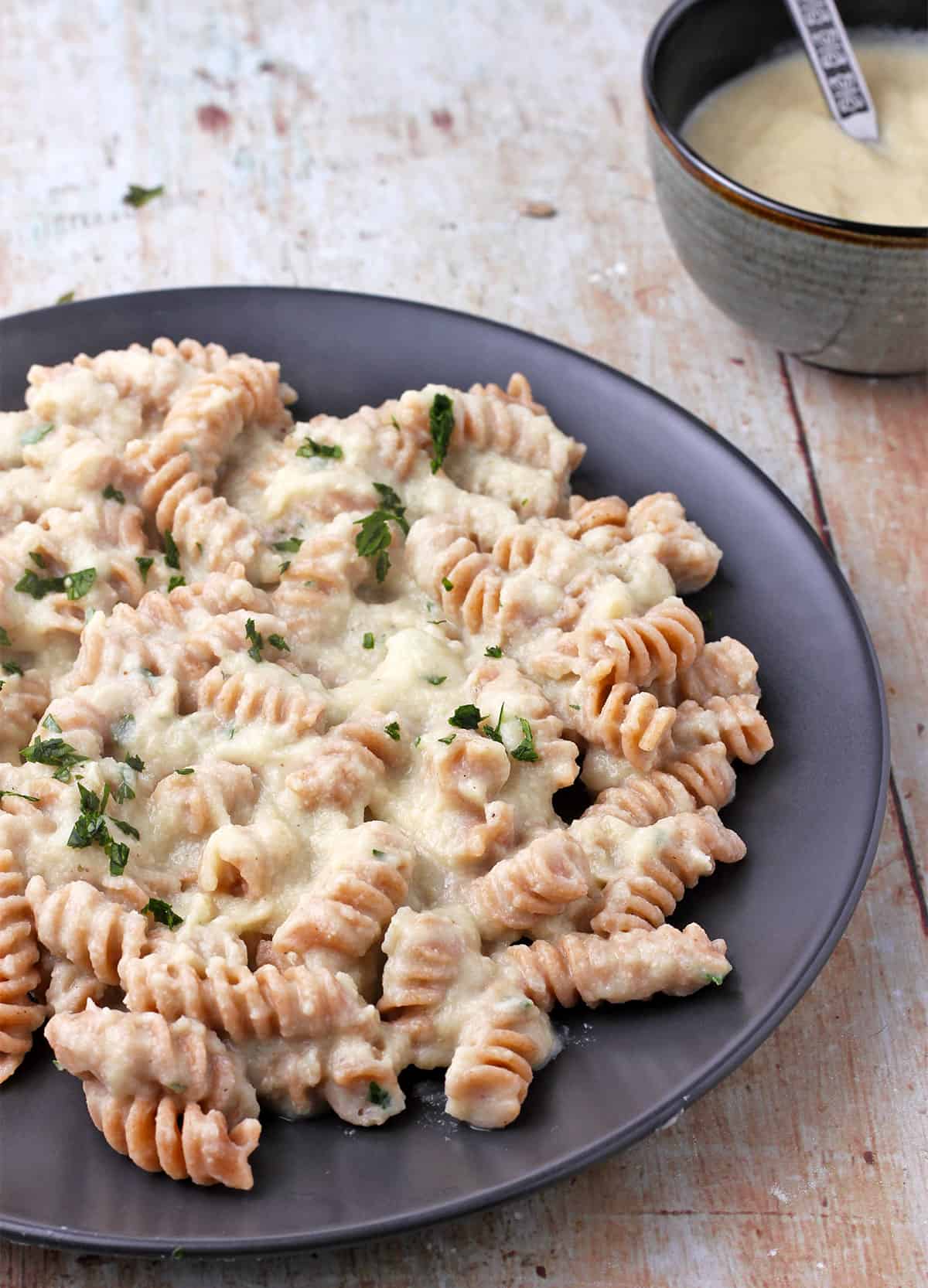
Cauliflower bechamel is a great creamy sauce to serve over pasta garnished with a little chopped basil or parsley.
It's great in a pasta bake or vegan tuna casserole. Thicken a little in a small saucepan, whip up a quinoa pizza crust, and make a healthy, gluten-free white pizza.
Frequently Asked Questions
Store sauce in an airtight container for 4-5 days in the refrigerator. Reheat it on low for several minutes before reserving it.
Cauliflower bechamel sauce freezes well. Be sure to let the sauce cool thoroughly, then add it to an airtight container or a freezer bag. After you thaw the sauce, let it simmer in a pan so that it heats and thickens.
Substitute 4 cups of frozen cauliflower for fresh to make vegan bechamel sauce. Steam the cauliflower and cashews as directed. After steaming, use a wooden spoon to press the cauliflower against the sides of the steamer gently to remove as much excess water as possible.
If you find vegan white sauce too thin, simmer it on medium-low heat for a few minutes. If this doesn't work, mix a little cornstarch, coconut flour, or arrowroot with water or non-dairy milk, then whisk it into the sauce.
To make mushroom bechamel, prepare vegan bechamel sauce as directed, then sauté sliced mushrooms, allowing their moisture to evaporate as they cook. Then add the bechamel sauce. Serve over your favorite pasta or grain.
Bechamel is a basic sauce, so you can flavor it depending on your preferences and how you want to use it. For a bit of spice, consider adding crushed red chili, cayenne pepper, or paprika. A teaspoon of dry mustard powder, extra nutritional yeast, and lemon juice transforms it into cheese sauce. Add more nutmeg or a pinch of cinnamon or allspice to make it warm and sweet.
More Vegan Sauce Recipes
Do you have a question or recipe request or need a cooking tip? Leave a comment below or contact Denise. I’m here to help! If you want more healthy vegan recipes, please subscribe to my newsletter or follow me on Facebook or Pinterest for the latest updates.
If you make this recipe, please leave a ⭐⭐⭐⭐⭐ rating. It’s much appreciated!
👩🏻🍳 Recipe
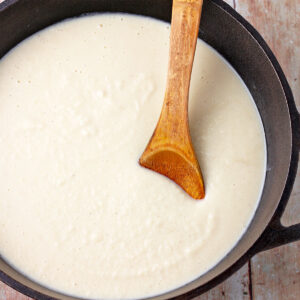
Creamy Vegan Bechamel Sauce Recipe (Gluten-free)
Rate this Recipe:
Ingredients
- 1 medium cauliflower head - cut into florets (about 4 cups)
- ¼ cup raw cashews
- 1 small onion - diced
- 3 cloves garlic - minced
- 1 teaspoon lemon juice
- ¼ cup nutritional yeast
- ⅛ teaspoon nutmeg
- ¼ teaspoon white pepper - or black pepper
- 2-3 cups plant milk - oat milk works best
- 1 teaspoon salt - optional
Instructions
- Add the cauliflower florets and cashews to a steamer basket. Add water to the bottom of a pot, not reaching the basket. Cover and steam the cauliflower on high heat until it is tender and nearly falling apart. About 20 minutes.
- Heat a small skillet or pan over medium heat and add the onions. Stir the onions consistently until they are soft and translucent, not brown. Add the garlic at the end and stir it for 30 seconds.
- Transfer the onions and garlic to a food processor or blender. Add the lemon juice, nutritional yeast, nutmeg, and white pepper.
- When the cauliflower is done, press it to dry it out. You can also transfer it to a colander for this purpose. Add the cauliflower and cashews to the food processor. Blend everything for a few minutes.
- Add 2 cups of plant milk, then continue blending. Add another cup or more until the sauce is smooth, creamy, and has a consistency you like.
- Return the sauce to a medium saucepan and heat it over low heat, stirring it often.
- Adjust the flavor. Taste the sauce and add salt, more pepper, or lemon juice if desired.
Notes
- This recipe makes 4-5 cups of sauce, depending on the amount of cauliflower and milk added.
- Cauliflower bechamel sauce freezes well. Be sure to let the sauce cool thoroughly, then add it to an airtight container or freezer bag. After you thaw the sauce, let it simmer in a pan so that it heats and thickens.
- Store sauce in an airtight container for 4-5 days in the refrigerator. Reheat it on low for several minutes before reserving it.
- If you find vegan white sauce too thin, simmer it on medium-low heat for a few minutes. If this doesn't work, mix a little cornstarch, almond flour, coconut flour, or arrowroot with water or non-dairy milk, then whisk it into the sauce.
- Substitute 4 cups of frozen cauliflower for fresh to make vegan bechamel sauce. Steam the cauliflower and cashews as directed. After steaming, use a wooden spoon to gently press the cauliflower against the sides of the steamer basket to remove as much excess water as possible.
- Bechamel is a basic sauce, so you can flavor it depending on your preferences and how you want to use it. For a bit of spice, consider adding crushed red chili, cayenne pepper, or paprika. Prepared mustard or mustard powder, plus extra nutritional yeast or lemon juice, will give it a creamy cheese flavor. Additional nutmeg or a pinch of cinnamon or allspice will make it warm and sweet.
- To make mushroom bechamel, prepare vegan bechamel sauce as directed, then sauté sliced mushrooms, allowing their moisture to evaporate as they cook. Then add the bechamel sauce.
Nutrition
Nutritional information is an estimation only.


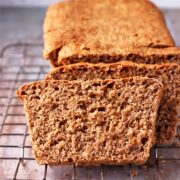


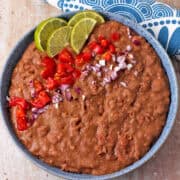
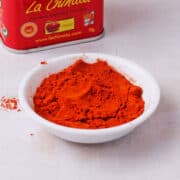

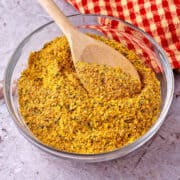
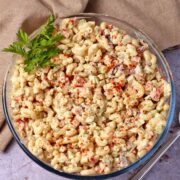
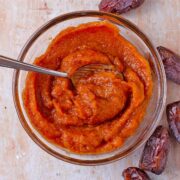
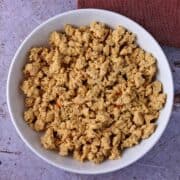
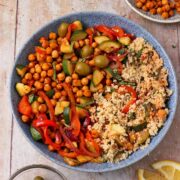

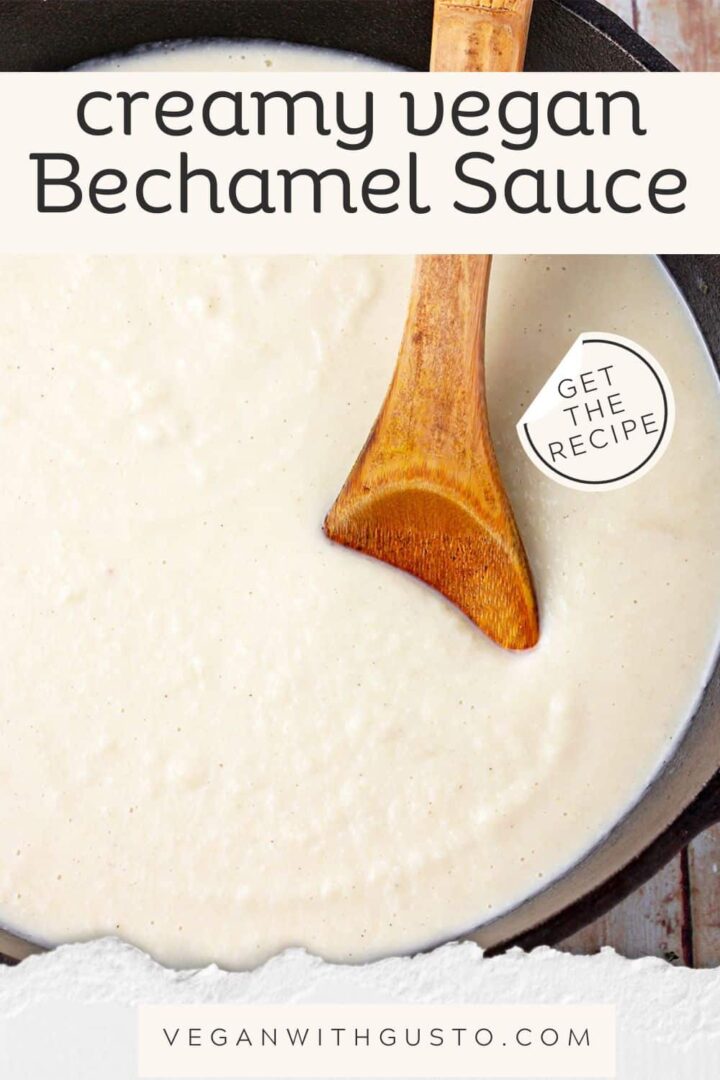
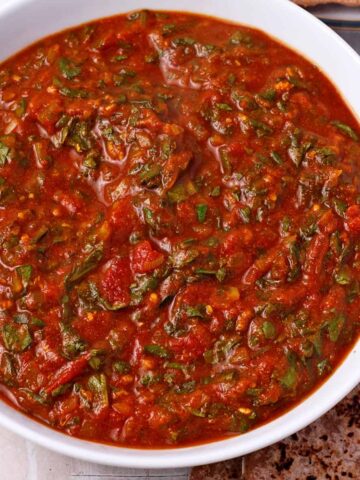
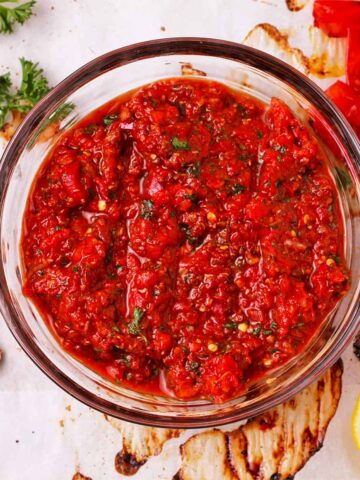
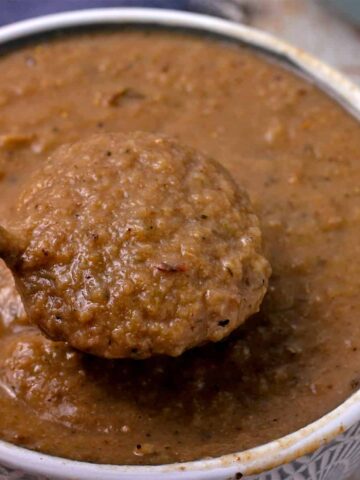
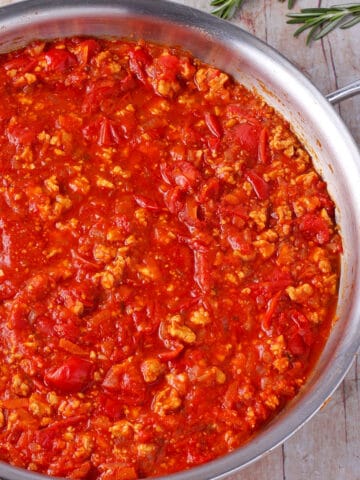
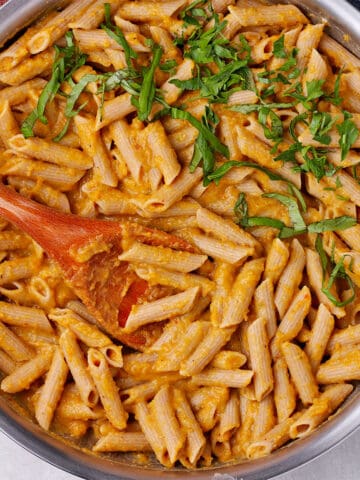
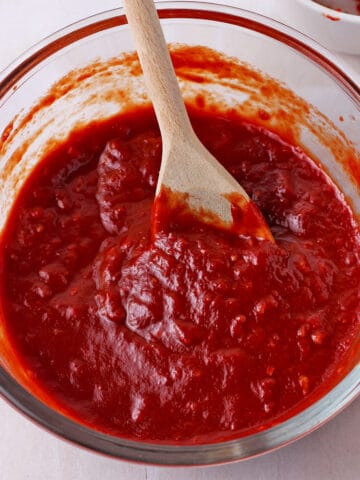
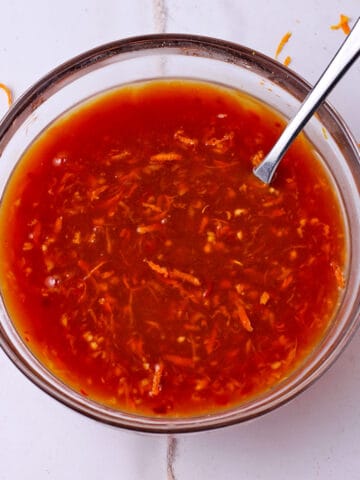
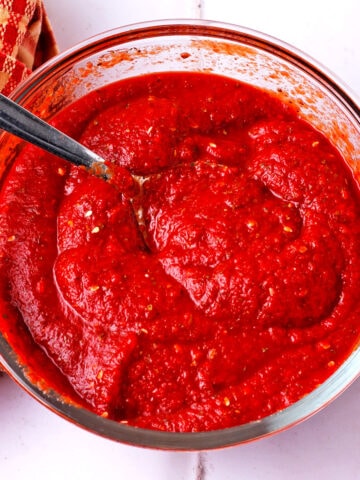


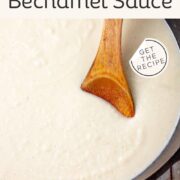
Franca
Made this tonight and it’s an interesting and yummy combination of ingredients- I didn’t think it would be so nice. Wondering however how long I can keep it in the freezer for and whether I just defrost on the evening when I’m making my dish?!??
Denise
Thanks for your so kind comments. I am happy to hear you enjoyed the bechamel as much as we do. I've had great success freezing it for up to 3 months. I usually take it out and defrost it before reheating. It's also great over rice or with vegetables, so you can be creative. Thanks for the kind reply.
Manon Racloz
Hello. Il new on this vegan journey, but I made this white sause and I was surprised of how tasty it is. Thank you. Have you ever tried it for oven stew or dishes like gratin ?
Denise
I'm so happy you enjoyed this recipe. We love this sauce as a base for a veggie stew. Peas and mushrooms are particularly good as are red peppers. Thanks for leaving this comment. It is much appreciated. My best to you on your new eating adventure.
YtheWait
Tasty!!!!!!!!!!!
Denise
Thanks for this - we love this recipe the more we make it.
Rosie
My daughter loves vegetable au gratin, however, she recently is not eating milk products so your recipe was a blessing. My daughter who hardly likes anything loved the sauce. Thank you so much. This will be my go-to sauce for pasta, ravioli, etc..
Denise Perrault
I am SO happy to hear this! This is our favorite white sauce and filled with good food too. 🙂